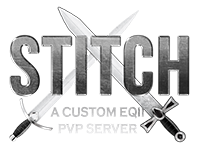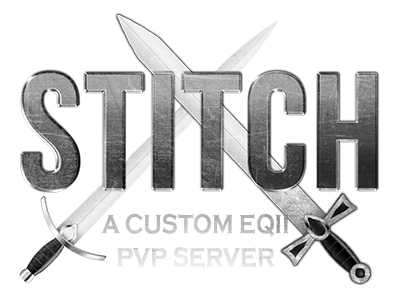Profile
A Massage Therapy Guide Myofascial release has been in practice for a long time, however it wasn't until recent that it was recognized as a valid treatment for chronic back pain. It was only after many patients began complaining about back discomfort that myofascial release started to be recognized by the medical profession. 포항출장마사지 Myofascial release, also known as mechanical traction as it is sometimes referred to is based on the theory of mechanical tension which is the cause of most discomfort in the body. Unnatural tension is a condition that causes pain, inflammation, and stiffness in joints, tendons, and muscles. Myofascial release therapy's goal is to pinpoint the source of mechanical tension and eliminate it so that the body can heal. Tight muscles are one way mechanical tension can be detected. For instance, you might have heard of athletes who use ice and heat when they're injured in order to ease swelling and help with pain. The therapist may use gentle pressure to loosen tight muscles, or to ease stiffness in the lower back. You can also apply gentle pressure to stiff muscles while others are being massaged. A full body massage is a favorite choice for many people because it soothes and provides them with a a sense of well-being and comfort. A good massage can also release endorphins, which are natural painkillers. Massage therapy can also be used to treat inflammation, pain and stiffness in the body. Many people have found that their lives are better after a good massage as they are able to decrease pain, get better circulation, and ease tension and stress that may be causing the discomfort. Myofascial releases are performed by therapists to loosen fibrous tissue around joints. This alleviates pain. The fascia is responsible for the connective tissue inside the joint. In certain instances, if the fascia becomes inflamed, it could cause pain, however if the condition is not severe it can be treated with ice and/or heat. Trigger points are muscles that are tight that run from the spine to the nearby muscle groups. Trigger points can become irritated due to daily activities and/or a physical characteristic. If they get too tight, trigger points may cause severe pain and dysfunction. Trigger points can be easily treated with myofascial release. This is due to the muscles that are tightened can be relaxed, which can reduce the pain. Another option is to utilize transversus abdominis syndrome or TUS which entails gently applying pressure to the abdominal wall. The most important thing to remember with TUS is to not apply direct pressure. Instead, the therapist will search for areas that are tense and apply pressure for a long period of time. Myofascial release can also involve gentle and sustained pressure on the pelvis, abdomen, and lower back muscles. Myofascial releases can ease the muscle tightness and dysfunction. Overuse is among the leading causes of pain and stiffness. Overuse can cause stiffness and pain due to the body's inability to slow down and maintain the same speed throughout the range of motion. A professional runner might run for 30 minutes and then overuse their muscles and skeletal system and cause them to slow down the run. A myofascial release technique involves gently massaging the knots and adhesions to the point where pain and stiffness begin. If the knots and adhesions aren't fully torn the massage will not be effective. If the adhesion is weak the massage won't be as effective. The massage should not be performed on the lower back. Hands-on manipulation of the pelvis is more efficient than when it's done on the abdomen. This is because abdominal muscles aren't being over-worked. After gaining experience with this technique, they will be very proficient in applying this technique and using it in conjunction with other massage techniques. Myofascial release is an excellent alternative for stretching techniques and manual pressure. It's a safe and efficient method of keeping people limber, and to prevent injuries. Myofascial Release is an excellent method for a therapist to incorporate massage therapy into a patient's daily routine. As myofascial releases become more well-known, more therapists will be able to perform this method safely and effectively.
Forum Role: Participant
Topics Started: 0
Replies Created: 0

